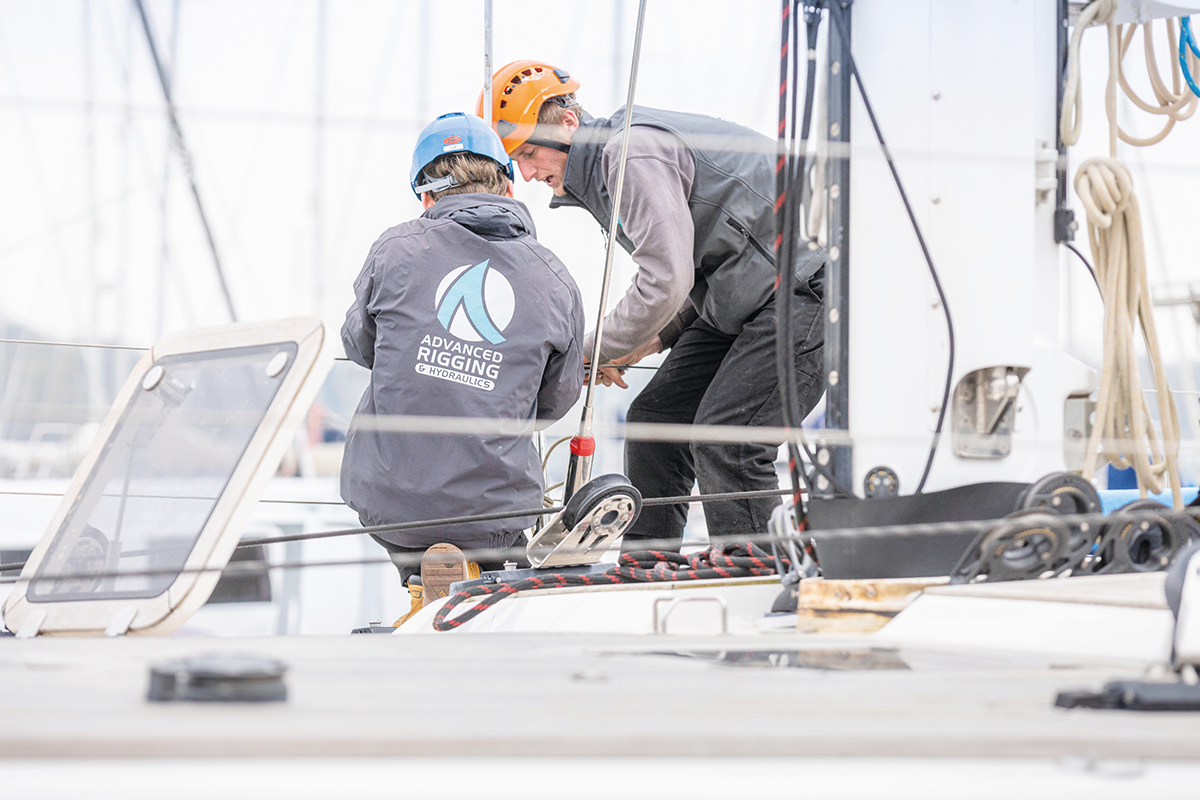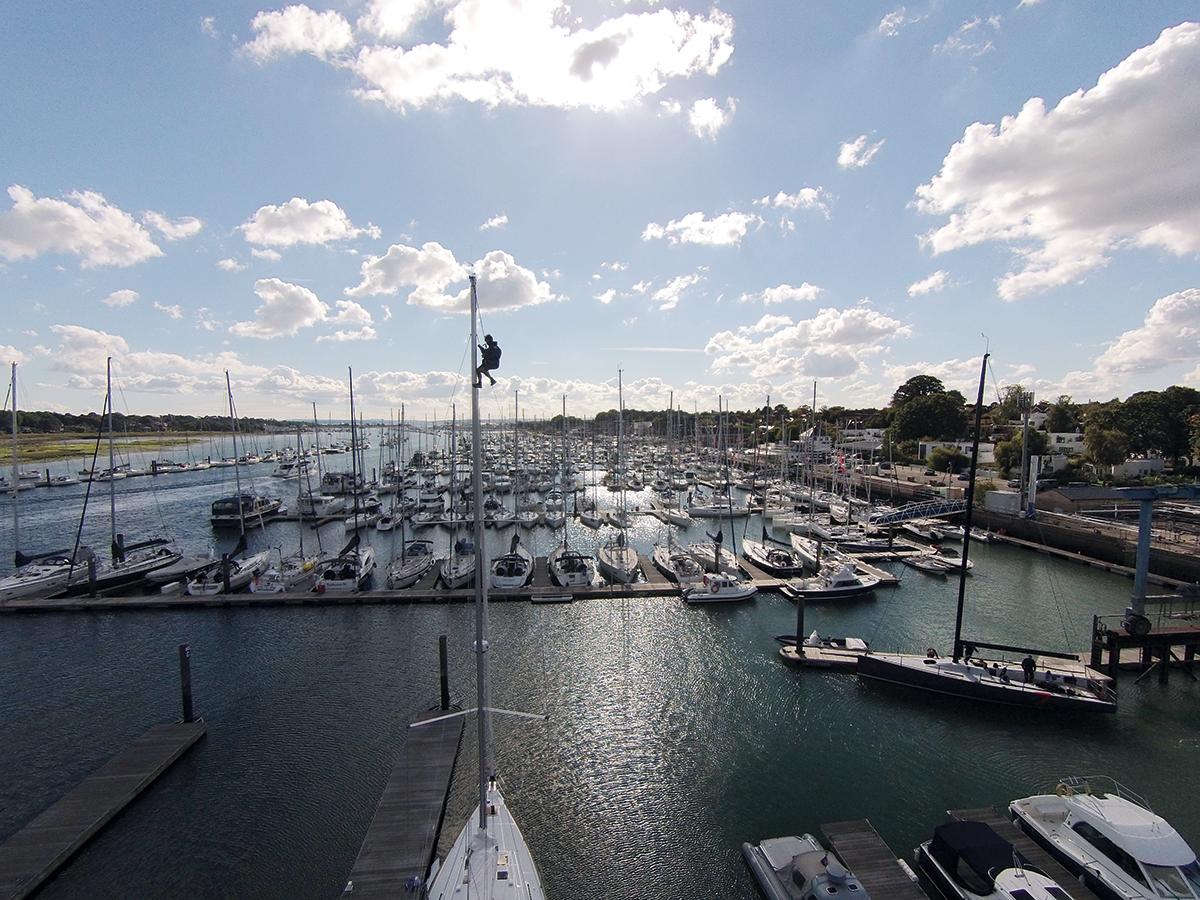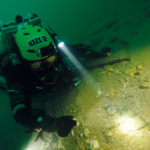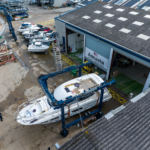We spoke to Neil Brinsdon, Managing Director of Advanced Rigging and Hydraulics, for his top tips on preparing your rig for an Atlantic crossing.
Whether racing to the rum punch or enjoying a bucket-list cruise, the demands of ocean sailing on a yacht’s rig when crossing the Atlantic are often very different from the norm. The stresses, loads, angles and duration of trade wind sailing, primarily downwind with the roll of large swell, can lead quickly to wear and chafe; properly preparing your rig and performing regular maintenance checks while underway is essential to ensure a happy and safe voyage.
Advanced Preparation
We would advocate, and your insurance company may insist on, a professional rig check before your transatlantic voyage. This is best done in your home port with a follow-up inspection carried out before departure. Depending on the age and usage history of your rig, this check may range from a visual inspection to a comprehensive survey with the mast removed. Spend time with the rigger as this is carried out, ask plenty of questions and obtain a record of the inspection logging any recommendations and replacements.
Before Setting Off
Be sure to have a comprehensive rigging spares and toolkit onboard and remember that there are no handy chandleries in the middle of the Atlantic. Carry a good stock of replacements for routine fixes and consider your plans for emergencies. Tools should be kept in good working condition – a rusty pair of bolt croppers buried in the lazarette will not be of much use if needed in anger.
Although it is a rare occurrence to need to climb the rig while at sea, both skipper and crew should be familiar with the process. Practice going aloft in port, agree on methods of communication and wear the correct safety equipment. Whilst up the rig, take photos for reference of key areas to refer back to as this can be a useful way to monitor wear.
At deck level, the skipper should perform a detailed bow-to-stern check with the crew of standing and running rigging, furling gear and deck wear. Draw up a checklist specific to your yacht; particularly think about areas that will be susceptible to the demands of trade wind sailing.
Look at the mast, boom and spreaders, and the areas where anything joins, exits or is attached to. It should all be smooth with no cracks. All fastenings must be tight and secure. Check split/cotter pins are open and key rings have been taped up to prevent items from snagging.

At Sea Checks
Make a five-minute daily rig check part of your at-sea routine – this really can help avoid catastrophic failure. This is done at deck level and all you need to perform the check is your eyes, your fingers and a pair of binoculars. Every crew member can be involved, as it is everyone’s responsibility to the vessel. Run through the checklist prepared for your yacht before departure; look for signs of wear and feel for irregularities.
Remember, it only takes a few moments to walk from the cockpit to the shrouds so that you can look at and feel these items. These few moments could be the difference between finding a small problem that is repairable and losing the rig over the side.
On Arrival
Arriving to enjoy Caribbean cocktails, sunshine and sandy beaches will be a justified reward for your ocean crossing – BUT do not stop taking care of your rig! Take time to do a thorough arrival inspection – use the checklist once again, and if carrying out a check yourself, take photos to do a comparison with your pre-departure inspection.




















